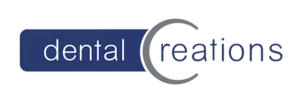According to WHO:

Vision
Universal health coverage for oral health by 2030, easily and equally accessible to all individuals worldwide, ensuring healthy and productive lives.
Main Goal
The goal of this plan is to guide member states to develop frameworks to improve and promote good oral health through awareness and preventive programs, reduce the incidence of oral conditions and diseases, work towards including oral health and conditions as part of universal health coverage (UHC), and formulate country-specific targets and indicators per the WHO’s Global Oral Health Plans.
Global Targets
80% of the global population is entitled to essential oral health services
10% reduction in the global prevalence of oral diseases and conditions
Broad Implications of the Plan
The WHO Global Oral Health Plan has numerous implications for the oral health of people worldwide, including member states and various stakeholders such as policymakers, primary health centres, and dentists. Let’s study them here.
Conclusion
The WHO global oral health goals acknowledge that oral health is an integral part of general health and well-being. It also emphasises the growing incidence of oral diseases worldwide, accounting for US$ 545 billion in direct and indirect costs, leading to loss of productivity, workplace absenteeism and a reduced quality of life.
The emphasis is on preventive oral care rather than curative methods. Public health programs, digital technologies and oral health awareness campaigns are the need of the hour. The WHO also calls for increased involvement of government health bodies in making oral healthcare available to all populations and the need to have a robust workforce trained adequately to manage the growing oral health needs of member countries.
Read the full article here: https://iris.who.int/bitstream/handle/10665/376623/9789240090538-eng.pdf?sequence=1

